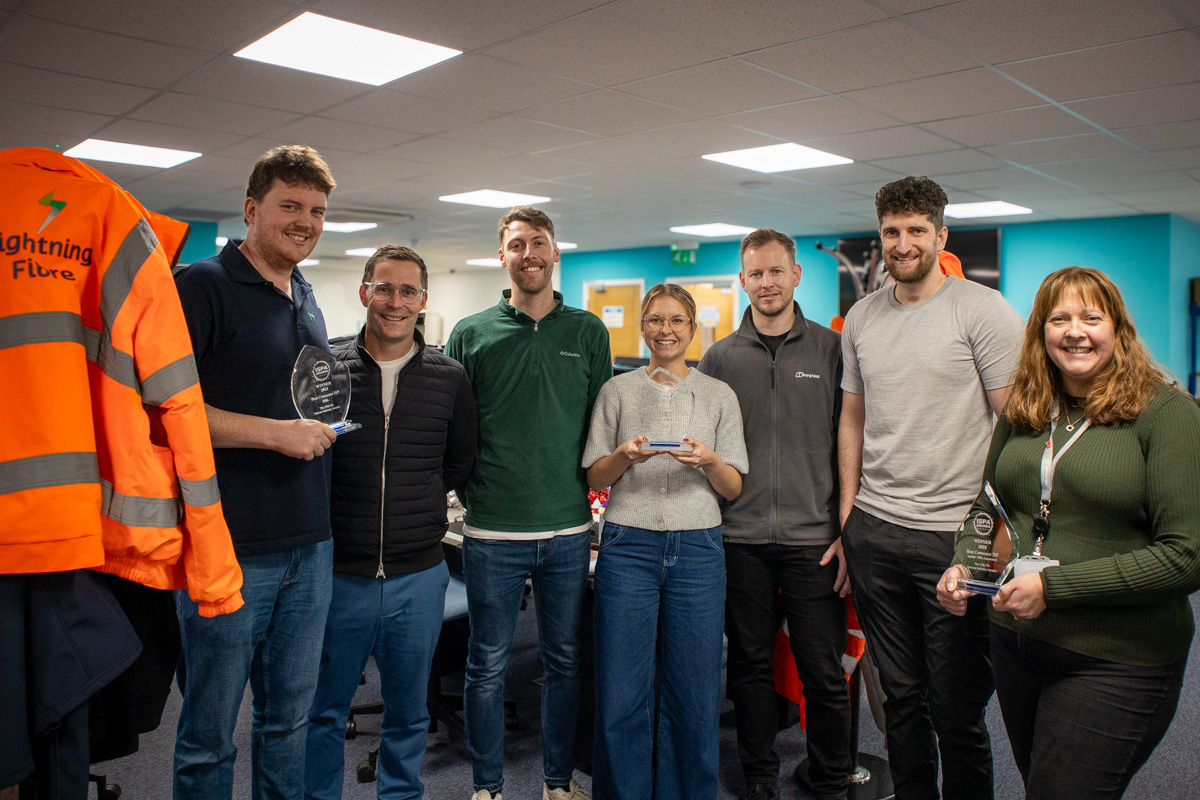Sustainability in the Digital Age; how you can help
In recent years awareness around sustainability and the environment has markedly increased, and people have begun to make changes that will undoubtedly have some positive effect on the world we live in. However, there are areas of our carbon footprint that are not as visible as others and could become a major concern if people don’t learn more about them.
For example, most people are now aware of the impact of air travel and the use of private jets. The world’s media reacts very badly to the rich and powerful flaunting their use of jet fuel and there is general disapproval of its overuse. On the other hand, most people are not aware of the impact that overuse of the internet may have on the environment.
Our rapidly increasing use of social media and the rate of internet growth requires use to build and use huge data centres. Average users now spend more than 40% of our lives on the internet amounting to 6 hours and 43 minutes a day! Data centres require enormous amounts of energy to store data and to keep cool as they are running 24 hours a day, 7 days a week.
In fact, use of the internet before COVID-19 amounted thoroughly the same amount of carbon emissions as the entire aviation industry. Most of us haven’t yet been made aware of the dangers, and what we can do to slowdown and prevent this increase in environmental harm.
According to research by OVO Energy, who are attempting to reach zero carbon emissions, every unnecessary email has a carbon footprint of about 1g of carbon. It may not seem like much carbon at all but if you consider that each person sends approximately ten unnecessary emails per week then it soon adds up. There are over 64 million unnecessary emails sent in Britain every day which means if we changed our habits, ever so slightly, we could save 16,433 tonnes of carbon every year.
That is the equivalent amount of carbon emissions as 81,152 flights from London to Madrid!
So, what can we do to help? Surprisingly there is quite a lot we can do to help. Upgrading our broadband network, the Full Fibre (FTTP) is a good place to start.
A faster, more reliable Full Fibre connection allows people to have the same access to the internet that they might normally have only been able to access from their place of work. By enabling more people to work from home, a nationwide Full Fibre network could save hundreds of millions of commuting trips each year.
According to OVO Energy, we should be reducing the footprint of our email activity.
· Avoid the ‘reply all’ button whenever possible
· Unsubscribe from unwanted emails
· Reduce the size of attachments
· Avoid resending chain emails
· Avoid sending ‘unnecessary’ emails
Think Before You Thank: The Top 10 ‘unnecessary’ Emails
1. Thank you
2. Thanks
3. Have a good weekend
4. Received
5. Appreciated
6. Have a good evening
7. Did you get/see this?
8. Cheers
9. You too
10. LOL
Additionally, we should be thinking about the carbon footprint of our websites:
· Choose 'green' hosting providers for your website;
· Improve the SEO and UX of your website;
· Reduce the size of images and videos on your website,reducing the size of your website.
You can use the Website Carbon Calculator to check the energy efficiency of your website.



